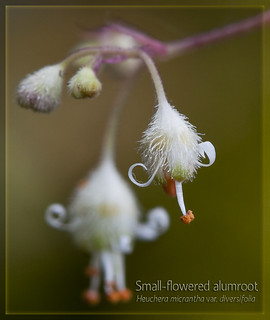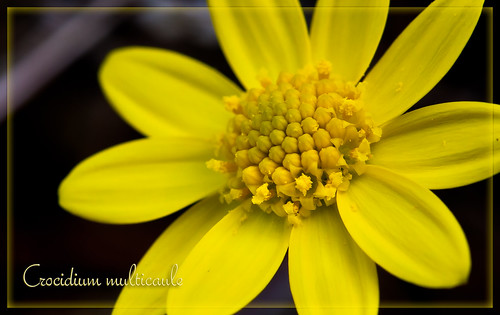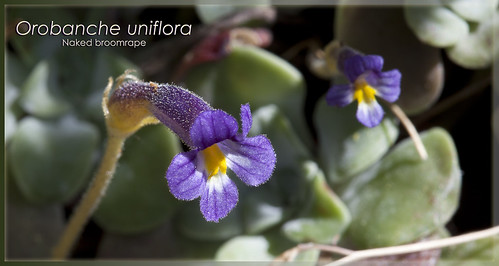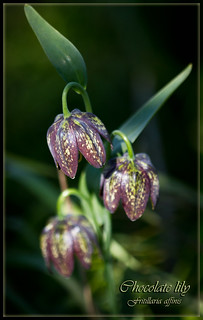 It has been a LONG TIME since I've written or posted pictures here on The Back of Beyond. It's not that I've forsaken the great outdoors, but I did toy with the idea of simply leaving this site as an homage to our time in Bonnie Scotland. I went so far as to get another web address and start up a new site -- however, something about this one just kept calling me back. So, here I am, ready for another season of being amazed by the beauty and diversity in our environment. Needless to say, I don't think I'll be disappointed!
It has been a LONG TIME since I've written or posted pictures here on The Back of Beyond. It's not that I've forsaken the great outdoors, but I did toy with the idea of simply leaving this site as an homage to our time in Bonnie Scotland. I went so far as to get another web address and start up a new site -- however, something about this one just kept calling me back. So, here I am, ready for another season of being amazed by the beauty and diversity in our environment. Needless to say, I don't think I'll be disappointed!This spring I've been focusing on wildflower photography -- yes, even MORE than usual. Although I have many shots of native wildflowers, I thought I would try to create special images that shine a light into the heart of the flower. Images that reveal the intricate structure and beauty of the plant: a kind of visual exploration of "wildflowerness".
So far it has been a deeply rewarding process -- I spend hours tramping through the hills with friends, stopping to get photos where I can. This works very well because everyone on the hike is another set of eyes on the look out for wildflowers, lichen, moss, shrubs, trees, views -- you name it. But, this spring I've been looking on these rambles as flower reconazance missions. The true intensity happens when I head out by myself, spending hours schlepping tripod and camera into the back of beyond and focusing on a few species of flowers.
I've been very pleased with the result, and feel like I am coming to learn more and more about native wildflowers, especially those found in Southern Vancouver Island. I mean to create a special set of pages on this site with pictures of all I find separated by colour, family, size, and blooming time frame. But, for now, I thought I would highlight a few of the flowers that have really stirred my imagination.

|
I caught this early spring arrival on April 15 up on On Jocelyn Hill, in Gowlland Tod Provincial Park. This lovely little annual is an infrequent visitor here in Victoria. It is common on the east coast of southern Vancouver Island and on the adjacent Gulf Islands. One of the few places to see it in Victoria is up at "Crocidium corner" on Jocelyn Hill. View Crocidium Corner, Jocelyn Hill, Gowlland Tod Park. in a map. |

|
What a strange common name! This parasitic herb doesn't photosynthesize. Instead, it sends out root-like growths, which attach to the roots of nearby sedum, saxifrage, sunflowers, or other plants. Once attached to a host, the broomrape robs the host of water and nutrients. In this case the O. uniflora plants are parasitizing sedum. We came upon this plant in early May out on the McDonald "Bumps", on John Peak. View a map of Mt. McDonald |

|

|

|
Native wildflowers of Southern Vancouver Island slide show:



